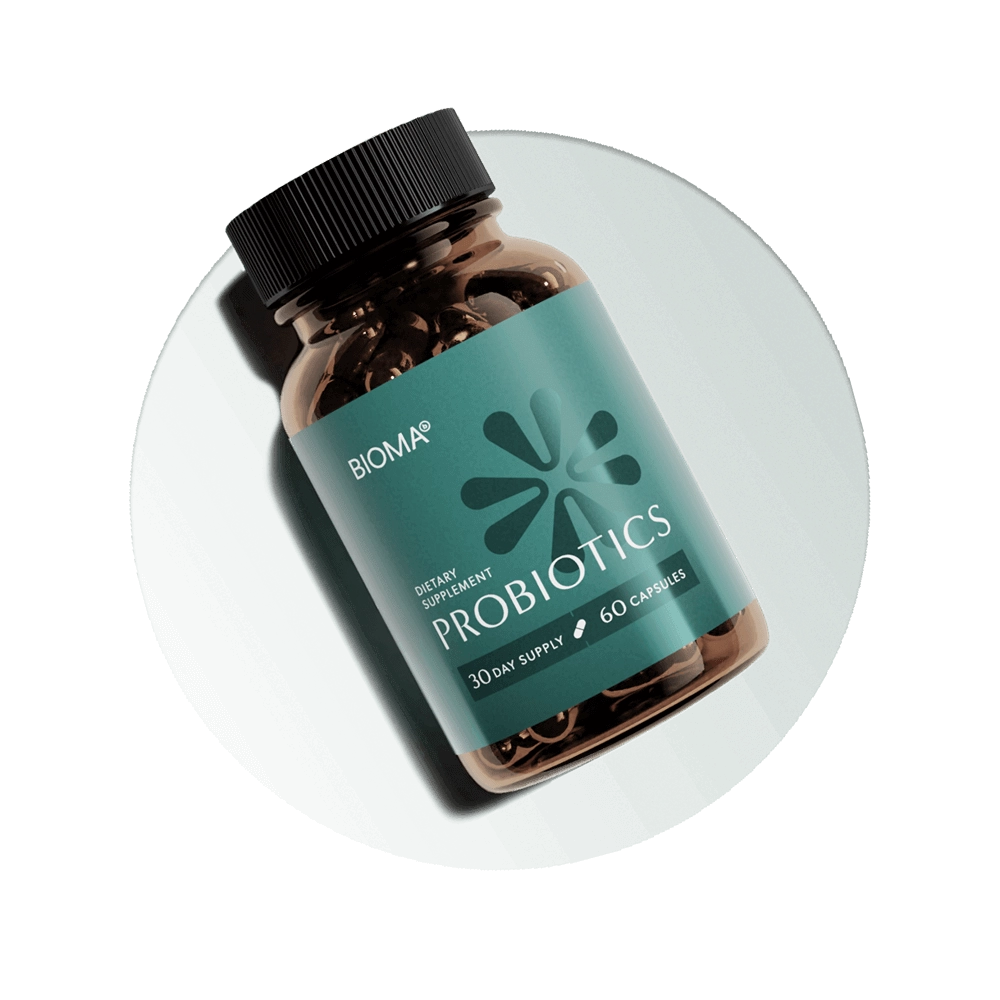A Comprehensive Guide to Diatomaceous Earth Benefits

Welcome to our comprehensive guide on diatomaceous earth, a remarkable substance that offers a myriad of benefits for both personal health and household use.
In this article, we’ll embark on a journey of discovery, uncovering the diverse advantages of diatomaceous earth and how it can enhance your life.
What is Diatomaceous Earth?
Diatomaceous earth, often simply referred to as DE, is a versatile and naturally occurring substance found abundantly in the Earth’s crust. This remarkable material is composed of fossilized algae or amorphous silica called diatoms, which have been forming for millions of years in the world’s oceans and freshwater bodies. The unique structure of diatomaceous earth sets it apart, featuring an intricate network of tiny, porous particles.
Diatomaceous earth is available in various forms, such as amorphous diatomaceous earth and crystalline diatomaceous earth. While amorphous diatomaceous earth is safe for various uses, the crystalline form may pose inhalation risks.
However, the most common is the food-grade diatomaceous earth, known for its safety and numerous applications. But what makes diatomaceous earth truly exceptional are its numerous benefits, which span from promoting health and well-being to serving as an effective household aid.
Exploring the Benefits of Food-Grade Diatomaceous Earth

Now, let’s delve into the incredible world of food-grade diatomaceous earth and discover its multitude of advantages. Derived from the fossilized remains of diatoms, this specific form of diatomaceous earth is renowned for its safety and versatility, making it a valuable addition to your daily life.
Food-grade diatomaceous earth is used as a dietary supplement with remarkable potential for enhancing various aspects of health. Composed primarily of silica, it offers a wide range of benefits that can significantly impact your overall well-being.
Here are some of the key advantages associated with food-grade diatomaceous earth:
Digestive system support. Food-grade diatomaceous earth possesses gentle abrasive properties, which can assist in cleansing the digestive tract. This action promotes the removal of toxins and waste, contributing to a healthier digestive system.
Bone health enhancement. Silica, a predominant component of diatomaceous earth, plays a crucial role in maintaining robust and healthy bones. Regular consumption of FGDE may contribute to bone strength and integrity.
Potential health benefits. While scientific evidence is still evolving, there is growing interest in the potential health benefits of food-grade diatomaceous earth. Some enthusiasts believe it may help with various health concerns, although more research is needed to substantiate these claims fully.
Natural pest control. Beyond its role as a dietary supplement, food-grade diatomaceous earth is a natural insecticide. Its abrasive nature is highly effective in exterminating insects and other pests, all while being safe for humans and animals.
Heavy metal detoxification. Some studies suggest that diatomaceous earth may have the capacity to eliminate heavy metals from the body when consumed regularly. This detoxification potential further enhances its health benefits.
Household uses. In addition to its health-related advantages, food-grade diatomaceous earth finds its place in household applications. It can be added to stored grains and legumes to prevent infestations by pests such as weevils and ants.
Environmental benefits. Being a natural and eco-friendly substance, diatomaceous earth is an excellent choice for those looking to maintain a healthy home environment without resorting to harmful chemicals.
By understanding these diverse benefits, you can make an informed decision about incorporating food-grade diatomaceous earth into your daily routine. In the subsequent sections, we’ll explore how to use it effectively, both for health and various household purposes, and provide insights into selecting the right diatomaceous earth product to meet your specific needs.
Stick with us as we uncover the myriad facets and advantages of diatomaceous earth, including its applications and the best ways to utilize this natural wonder.
Harnessing the Power of Diatomaceous Earth – How to Use It Effectively

Now that we’ve unveiled the remarkable potential of food-grade diatomaceous earth and explored its numerous benefits, let’s dive into the practical aspects of incorporating this natural wonder into your life. Understanding how to use diatomaceous earth effectively is essential to reap its full potential.
Here are some insights into harnessing the power of diatomaceous earth:
Consumption for health. To experience the potential health benefits of food-grade diatomaceous earth products, consider adding it to your daily routine. You can consume diatomaceous earth by starting with a small amount, such as a teaspoon, and gradually increasing your intake as your body adapts. Mix it with water, juice, or your favorite beverage.
Skin and body care. You can create a homemade exfoliating scrub by adding diatomaceous earth with water or a carrier oil like coconut oil. Gently massage the mixture onto your skin to remove dead cells and promote a smoother complexion.
Pest control. Utilize diatomaceous earth’s natural insecticide properties by applying it to areas where pests are a concern. Sprinkle a thin layer in and around your home, especially in spots frequented by insects. Be cautious when applying in humid environments, as it may lose effectiveness when wet.
Detoxification. If you’re interested in the potential detoxification benefits of diatomaceous earth, follow the recommended guidelines for regular consumption. Consult with a healthcare professional before starting any detox regimen.
Household protection. Safeguard your stored grains, legumes, and dry foods by adding a small amount of diatomaceous earth to the containers. This helps prevent infestations by pests like weevils and ants.
Gardening. Incorporate diatomaceous earth into your gardening practices to protect plants from crawling insects. Lightly dust the leaves and surrounding soil to create a protective barrier.
Pets and livestock. Diatomaceous earth is commonly used as a supplement in livestock feed to enhance animal health. Ensure the safety and well-being of your pets and livestock by using food-grade diatomaceous earth as an insect repellent. Consult with a veterinarian for appropriate application methods.
Pool maintenance. Some pool owners use diatomaceous earth to filter impurities from pool water. It’s a natural and effective way to maintain water quality.
Selecting the right product. When choosing a diatomaceous earth product, opt for high-quality, food-grade options. Ensure it meets safety standards and is suitable for human consumption.
Caution when handling. While diatomaceous earth is considered safe, it is essential to take precautions when handling it. Wear a mask if you are concerned about inhaling diatomaceous earth dust during application.
By learning how to use diatomaceous earth effectively, you can harness its potential for various applications, from promoting personal health to maintaining a pest-free home and garden.
In the following sections, we’ll explore additional uses of diatomaceous earth beyond health and offer guidance on selecting the right product to suit your needs. Stay with us as we uncover more about this versatile natural substance.
Beyond Health – Household Uses for Diatomaceous Earth

While the health benefits of diatomaceous earth are undoubtedly compelling, its versatility extends far beyond personal well-being. In this section, we’ll explore the numerous ways you can incorporate food-grade diatomaceous earth into your household for practical and eco-friendly solutions.
Natural pest control. Diatomaceous earth is a potent tool in your battle against household pests. Apply it in areas where insects like ants, cockroaches, or silverfish are a concern. The abrasive texture of diatomaceous earth damages an insect’s exoskeleton, leading to its demise.
It’s a safer alternative to chemical insecticides and can be used in various corners of your home, such as along baseboards, behind appliances, or beneath sinks.
Protect dry goods. Safeguard your pantry staples from unwanted invaders by adding a small amount of diatomaceous earth to storage containers. It acts as a natural insect repellent and helps prevent infestations in flour, rice, cereal, and other dry foods.
Garden guardian. Embrace the power of diatomaceous earth in your gardening endeavors. Dust it on plant leaves and around the soil to deter crawling insects that may harm your plants. This environmentally friendly approach helps protect your garden while avoiding chemical pesticides.
Livestock care. For farmers and livestock owners, food-grade diatomaceous earth is a valuable resource. Use it as an insect repellent to safeguard your animals from external parasites like fleas and ticks. Its natural composition makes it a safer option for animal care.
Pool maintenance. Diatomaceous earth is a key component in some pool filters, aiding in the removal of impurities from pool water. Pool owners can appreciate the natural filtration properties of diatomaceous earth for maintaining clean and clear pool water.
Exfoliating scrub. Beyond its pest control abilities, diatomaceous earth can be a helpful addition to your skincare routine. Create an exfoliating scrub by mixing it with water or a carrier oil. Gently massage the mixture onto your skin to remove dead cells and promote a smoother complexion.
Pet care. Ensure the comfort of your pets by using diatomaceous earth as a natural flea and tick repellent. Consult with a veterinarian for appropriate application methods to keep your furry companions happy and pest-free.
Household cleanup. Diatomaceous earth’s absorbent properties make it useful for cleaning up spills, odors, and stains on various surfaces. Sprinkle a small amount on spills and let it absorb the liquid before sweeping or vacuuming it up.
Natural deodorizer. Combat unpleasant odors in your home by leaving an open container of diatomaceous earth in musty areas or in the refrigerator. It can help absorb and neutralize odors over time.
Fire ant control. If fire ants are a concern in your yard, applying diatomaceous earth to their mounds can help deter these aggressive insects.
By incorporating diatomaceous earth into your household, you not only benefit from its health-related advantages but also enjoy practical solutions for pest control, gardening, and more. If you’re planning to use diatomaceous earth, work diligently to understand its safety characteristics and application methods, ensuring effective and responsible utilization for your specific needs.
As we continue our exploration of diatomaceous earth, we’ll provide guidance on selecting the right product to meet your specific needs and offer valuable insights into its safe and responsible use.
Choosing the Right Diatomaceous Earth Product

When it comes to selecting a diatomaceous earth product for your specific needs, it’s essential to consider several factors to ensure optimal results. Whether you’re using it for health purposes, pest control, or other applications, here’s what to keep in mind:
Food-grade vs. non-food-grade. Determine the intended use of the diatomaceous earth. If you plan to use it for human or pet consumption, ensure you choose a food-grade diatomaceous earth product. This grade is processed and handled to meet safety standards for ingestion. For non-consumable applications like pest control, gardening, or cleaning, a non-food-grade product is suitable.
Source and purity. Look for freshwater diatomaceous earth, as it tends to have a higher purity level compared to deposits from marine sources. The purity of the diatomaceous earth affects its effectiveness and safety for various applications.
Crystalline silica content. Assess the crystalline silica content, especially if you plan to use diatomaceous earth in areas with potential long-term inhalation exposure. Lower crystalline silica content is preferable for applications where inhalation risk is a concern. It’s recommended to avoid high crystalline silica content if there’s change you’ll inhale diatomaceous earth.
Particle size. Consider the particle size of the diatomaceous earth product. Smaller particles are typically more effective for pest control, as they can easily penetrate insects’ exoskeletons. For human and pet consumption, a finer powder is often preferred.
Safety precautions. Regardless of the intended use, always follow safety precautions when handling diatomaceous earth. Wear appropriate protective gear, such as a mask, when working with fine powders. Keep it out of reach of children and pets. For additional guidance and safety information, consider reaching out to the National Pesticide Information Center.
Price. Compare prices among different products, but keep in mind that quality and purity are paramount. Don’t compromise on quality for the sake of a lower price.
Consultation. If you’re unsure about which diatomaceous earth product to choose, consult with experts, such as pest control professionals or healthcare practitioners, for guidance based on your specific needs. You can also asses your needs here, using a diatomaceous earth fact sheet.
The right diatomaceous earth product can vary depending on your intended application, so take the time to make an informed choice. Whether you’re using it to promote health, manage pests, or enhance your gardening efforts, selecting the appropriate product ensures you reap the benefits safely and effectively.
Conclusion
In conclusion, diatomaceous earth, or DE, offers versatile applications, including its role as a dietary supplement, effectiveness in pest control, and the ability to remove heavy metals from drinking water. This naturally occurring substance, found in the earth’s crust, provides eco-friendly solutions. DE’s powdered form serves as a natural abrasive for insecticide use, contributing to its nature-friendly reputation.
However, cautious handling is crucial. When using DE in pesticide products, prevent inhaling it to safeguard nasal passages and lymph nodes. Ensure that DE in animal feed is food-grade to meet safety standards.
In summary, diatomaceous earth is a valuable resource for personal health and household needs, promising multiple benefits when used responsibly. Its natural properties and eco-friendliness make it a promising solution across various fields.
References:
- Calvert, R. (1930). Diatomaceous earth. Journal of Chemical Education, 7(12), 2829.
- Quarles, W. (1992). Diatomaceous earth for pest control. IPM practitioner, 14(5/6), 1-11.
- Korunic, Z., Fields, P. G., Kovacs, M. I. P., Noll, J. S., Lukow, O. M., Demianyk, C. J., & Shibley, K. J. (1996). The effect of diatomaceous earth on grain quality. Postharvest Biology and Technology, 9(3), 373-387.
- Reka, A. A., Pavlovski, B., Fazlija, E., Berisha, A., Pacarizi, M., Daghmehchi, M., … & Oral, A. (2021). Diatomaceous Earth: Characterization, thermal modification, and application. Open chemistry, 19(1), 451-461.
Related articles





